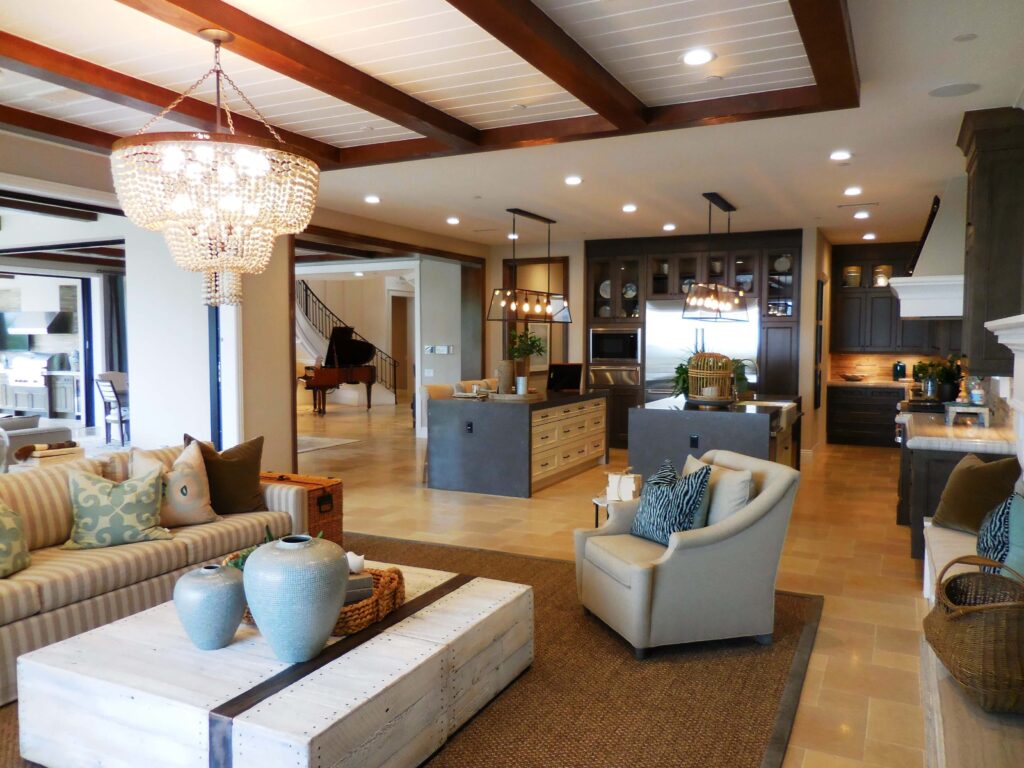What is classic furniture?
Classic furniture refers to pieces that are inspired by historical design styles and embody timeless elegance and sophistication. These pieces often draw influence from classical architecture and design movements, reflecting the aesthetics of past eras. Classic furniture is known for its craftsmanship, attention to detail, and enduring appeal. Here are some key characteristics of classic furniture:
- Timeless Design:
- Classic furniture is characterized by designs that have stood the test of time. These pieces often draw inspiration from historical periods, such as the Renaissance, Baroque, Rococo, Neoclassical, and Victorian eras.
- Ornate Details:
- Ornate detailing is a hallmark of classic furniture. Intricate carvings, moldings, and embellishments add a sense of opulence and craftsmanship to the pieces.
- Quality Materials:
- Classic furniture is crafted from high-quality materials, including solid woods such as mahogany, walnut, and cherry. The use of premium materials contributes to the longevity of the pieces.
- Rich Finishes:
- Classic furniture often features rich and warm finishes, such as deep stains, polished veneers, or hand-applied patinas. These finishes enhance the overall luxurious look of the furniture.
- Traditional Silhouettes:
- The silhouettes of classic furniture are often traditional and well-defined. Common shapes include cabriole legs, serpentine curves, and symmetrical forms that echo historical design influences.
- Upholstered Elegance:
- Upholstered classic furniture is characterized by luxurious fabrics, such as silk, velvet, or damask. Tufting, fringe, and nailhead trim are common embellishments in upholstery.
- Cabriole Legs:
- Cabriole legs, which curve outward at the top and inward at the bottom, are a classic feature in furniture design. This leg style is often associated with traditional and antique furniture.
- Graceful Curves:
- Classic furniture often incorporates graceful curves in the design, whether in the arms of a chair, the back of a sofa, or the legs of a table. These curves add a sense of elegance and refinement.
- Inlay and Marquetry:
- Inlay and marquetry, the art of creating intricate patterns by incorporating contrasting materials into the surface of furniture, are techniques commonly used in classic furniture.
- Symmetry:
- Symmetry is a key design principle in classic furniture. Balanced arrangements and matching elements contribute to a sense of order and formality.
- Iconic Styles:
- Classic furniture includes iconic styles such as Queen Anne, Chippendale, Louis XV, Louis XVI, and Federal, each representing a distinct historical period and design aesthetic.
- Handcrafted Details:
- Many classic furniture pieces are handcrafted, with artisans paying meticulous attention to details. Hand-carved ornamentation and hand-finished surfaces are common.
- Formal and Traditional:
- Classic furniture often contributes to a formal and traditional interior style. These pieces are well-suited for settings that prioritize elegance and a timeless aesthetic.
- Versatility:
- Classic furniture is versatile and can be incorporated into a variety of interior styles. It can seamlessly blend with both traditional and more eclectic design schemes.
- Collector’s Items:
- Certain classic furniture pieces, particularly those from renowned designers or historical periods, can become collector’s items valued for their craftsmanship and historical significance.
Whether it’s a regal dining table, an intricately carved armoire, or a sumptuously upholstered sofa, classic furniture brings a sense of history and enduring beauty to interior spaces. The craftsmanship and attention to detail inherent in classic pieces contribute to their status as timeless and cherished elements of interior design.

